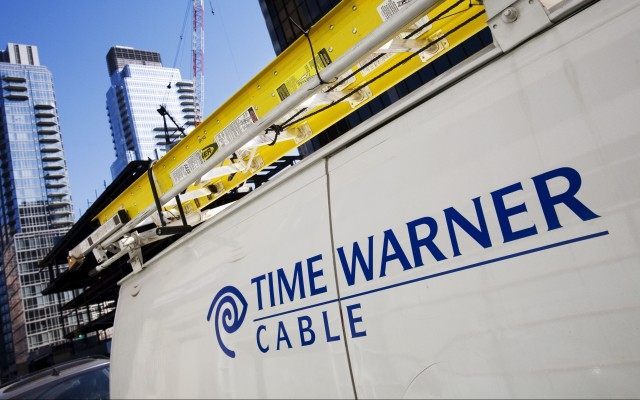You may have taken on a resolution to get skinnier this year. Well, I’m hoping that we can all get skinnier in another way.
I speak for millions of Americans when I say that I’d like to be able to shed cable networks so that I only have to pay for what I want to watch.
The current cable TV model forces consumers to buy a bundle of networks. But in this era of more choice, the current model just isn’t a fit any longer.
We at the Parents Television Council have heralded “Cable Choice” for years given that it is a real solution for families who do not want to subsidize cable networks that are an affront to their values, or that may be harmful to their children. And it’s a solution for all consumers who simply do not want to pay for channels they don’t watch.
Thankfully, cracks in the pay TV industry have manifested themselves so frequently that most cable companies are forced to offer “skinny” packages in an attempt to curtail people who are cutting the cord.
The skinny bundle option is beneficial to some consumers and families who only want to purchase and watch a smaller set of channels. Quite frankly, that could be a majority of consumers, as Nielsen data has shown that people typically only watch an average of 17 channels out of an average 189 channel universe.
And with original programming on Netflix, Amazon, Hulu, among others, people have more choice than ever.
This increased consumer choice has been a long time coming. But it’s not enough.
Getting skinny bundles is a good step in the right direction, but the ultimate solution is for consumers to choose and pay for only the individual cable networks they want vs. the skinny packages the cable company chooses for them. And while skinny bundles will help lower bills, it doesn’t give consumers more choice. It may be that the channels they actually want and watch are the ones that don’t make it onto their package.
Let’s face it: Cable Choice is the ultimate free market solution. What consumer wouldn’t want more control over what comes into their homes? More control also means that costs will go down — a welcome benefit for everyone. The high cost of cable is why the popularity of Netflix, Amazon, and Hulu have grown, as consumers can pay a smaller, set amount for those services and still have access to TV shows and movies.
Even TV industry executives know that increased Cable Choice is the ultimate outcome. “CBS CEO Les Moonves has noted on several occasions that a la carte television is the direction the industry is headed,” wrote The Motley Fool.
Real choice will lead to better TV overall. Even now with the increased skinny bundle offerings, networks like the Discovery Channel are realizing that they need to give consumers quality programming in order to compete with other networks for a spot at the table. This benefits consumers in the long run because networks will be forced to offer better programming instead of creating shows like “Sex Box,” “Walk of Shame Shuttle,” or “Dating Naked,” in the desperate attempt to attract viewers.
My hope for 2016 is that cable TV will get even skinnier for consumers to the point that we are able to choose as few or as many network offerings that we want instead of being dished the fat and bloated cable bundle.
A former NBC and MGM executive, Tim Winter is the president of the Parents Television Council, a nonpartisan education organization advocating responsible entertainment. (www.ParentsTV.org)

COMMENTS
Please let us know if you're having issues with commenting.